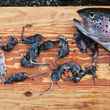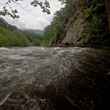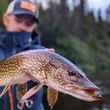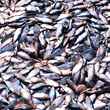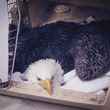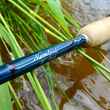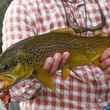Yesterday, Sage announced two new series of fly rods. The first was the new ultra-fast METHOD series. The second was an entirely new series of saltwater fly rods designed, according to Sage, to make salt-specific fly gear more accessible to the growing ranks of fly fishermen looking to chase saltwater fish.

The MOTIVE series features an all new taper designed to deliver fast line speeds and, perhaps more importantly, load quickly -- often a must when sight fishing for saltwater species where expending precious time picking up line and false casting is a no-no.



